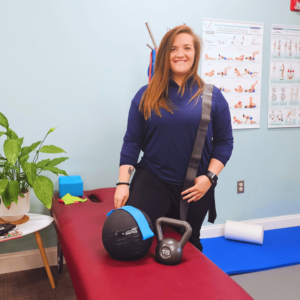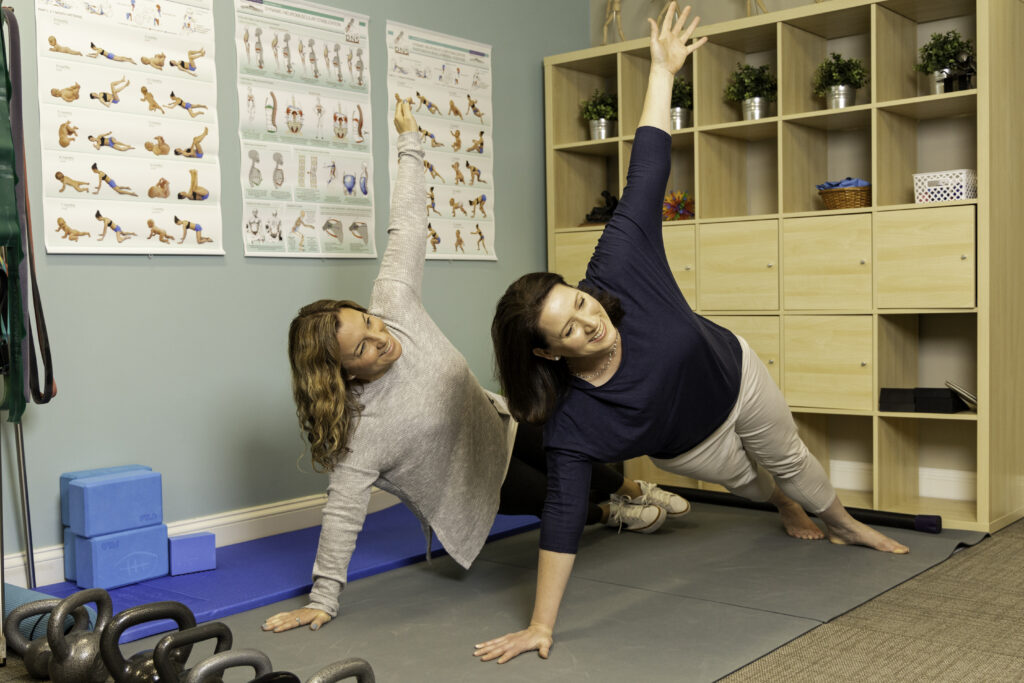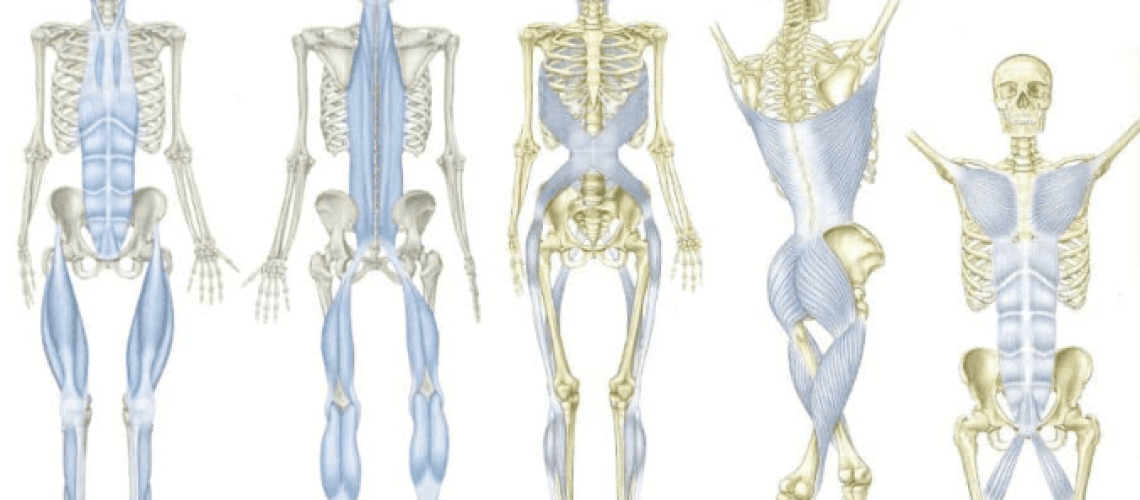Are you experiencing low back, hip, or even leg pain?
Somebody may have told you that your SI (sacroiliac joint) is “out.”
The SI joint itself is rarely the cause of the problem. It is actually a very stable joint held together by layers of thick, strong ligaments and layers of muscle. While the joint does move, that movement is tiny, just a few millimeters. The joint is supposed to be stable, with very limited motion to help absorb shock from daily activities like walking or bending.
It doesn’t really go “out of alignment” – unless you’ve had some kind of catastrophic injury like a broken pelvis.
It can, however, get strained and irritated and become quite painful.
Why Does It Hurt?
When the SI ligaments and tendons around the joint can become irritated or strained—not because it’s moving too much, but because the muscles around it are not supporting and stabilizing it properly. These muscles include the glutes, hamstrings, core, pelvic floor, and hip flexors. When these muscles aren’t moving well, it creates extra stress on the piriformis, leading to discomfort. This can even cause referred or nerve pain in the hips and legs when the nerves traveling through the area get inflamed or compressed.
Key Causes of SI Joint Strain:
- Muscle weakness: Weakness in the glutes or hamstrings can force the SI joint to take on more load than it’s designed for.
- Muscle tightness: Tight muscles, such as the hip flexors or low back muscles, can pull on the joint and cause strain.
- Poor posture and movement patterns: Bad habits in how you sit, stand, or move can also place extra pressure on the SI joint.
The Role of Foot and Ankle Mobility
This is an often overlooked problem with chronic hip and lower back pain.
Foot and ankle mobility plays a crucial role in SI joint health. Stiffness in the feet or ankles can create a ripple effect throughout the body, increasing strain and compensation in the knees, hips, and pelvis.
For instance, poor ankle mobility alters gait, forcing the pelvis and lower back to compensate for the lack of movement. This compensation can strain the SI joint, causing discomfort.
How Limited Spinal Mobility Contributes to SI Joint Pain
Limited spinal mobility, particularly in the mid and lower back, also contributes to SI joint pain. When other areas of your spine don’t move properly, the SI joint has to compensate, even though it’s not designed for much movement. Over time, this additional stress can cause strain and discomfort in the SI joint area.
Improving overall spinal mobility can help reduce the load on the SI joint, restore balance, and relieve pain.
How to Fix SI Joint Pain
The good news is that you can relieve SI joint pain by addressing muscle imbalances, improving mobility, and strengthening the muscles that support the joint. Here are four key strategies:
- Strengthen Your Glutes and Hamstrings
Your glutes and hamstrings are vital for stabilizing the SI joint. Strengthening these muscles with exercises like glute bridges, squats, and lunges can help reduce the stress on the joint. - Improve Core Stability
A strong core provides stability to your spine and pelvis, reducing the load on the SI joint. Exercises like planks, dead bugs, and bird dogs are excellent for building core strength. - Increase Hip, Foot, Ankle, and Spinal Mobility
Stiffness in the hips, feet, ankles, or spine can force the SI joint to compensate, leading to strain. Gentle mobility exercises and stretches can help restore proper movement and ease tension around the joint. - Focus on Posture and Movement Patterns
How you stand, sit, and move impacts the SI joint. Improving your posture and learning efficient movement patterns can prevent excess strain on the joint.
Ready to Fix Your SI Joint Pain?
If a pain in the butt is limiting your life, the first step is getting it properly assessed by someone who understands movement and how “it’s all connected.”
At Frederick Chiropractic Wellness Center, we specialize in identifying the issues that can cause pain and inflammation. We work with you to create a personalized treatment plan that promotes strength and mobility so you can move better, heal better, and feel better!
Book your appointment today and take control of your SI joint health!





